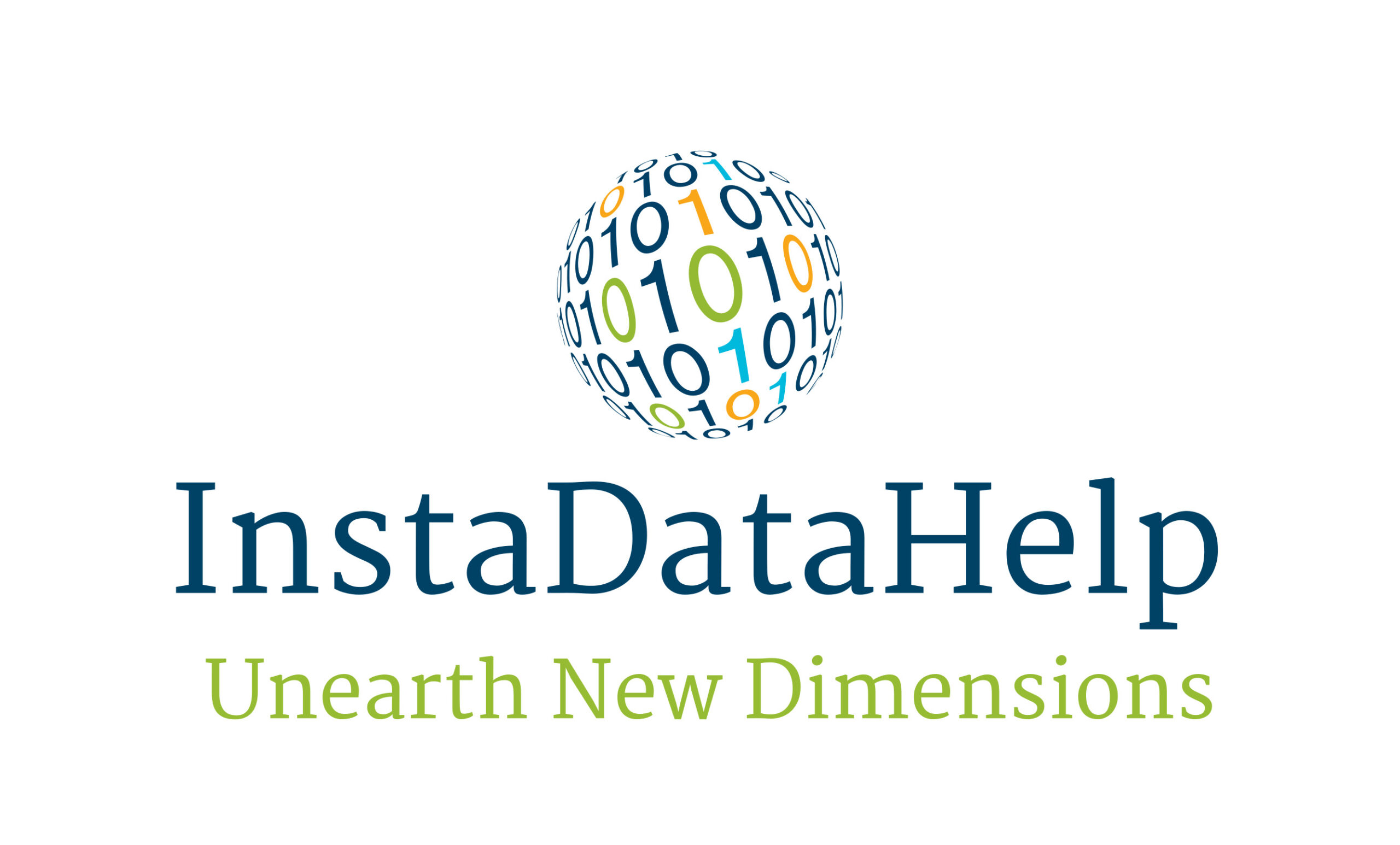Data Fusion in Practice: Real-World Examples of Successful Integration Strategies
Introduction:
In today’s data-driven world, organizations are constantly collecting vast amounts of data from various sources. However, the challenge lies in making sense of this data and extracting valuable insights to drive informed decision-making. This is where data fusion comes into play. Data fusion refers to the process of integrating data from multiple sources to generate a more comprehensive and accurate representation of the underlying phenomenon. In this article, we will explore real-world examples of successful integration strategies using data fusion and highlight the benefits it brings to organizations.
1. Healthcare:
Data fusion plays a crucial role in the healthcare industry, where patient data is collected from various sources such as electronic health records (EHRs), medical devices, and wearable sensors. By integrating this data, healthcare providers can gain a holistic view of a patient’s health, enabling better diagnosis, treatment, and personalized care. For example, the Mayo Clinic implemented a data fusion strategy that combines patient data from different sources to identify patterns and predict disease progression. This approach has led to improved patient outcomes and reduced healthcare costs.
2. Transportation:
The transportation industry heavily relies on data fusion to optimize operations, enhance safety, and improve customer experience. For instance, ride-sharing companies like Uber and Lyft use data fusion techniques to integrate real-time traffic data, driver availability, and customer demand to efficiently match drivers with passengers. This integration strategy ensures minimal wait times, optimal routes, and overall improved transportation services.
3. Smart Cities:
Data fusion is a key component in building smart cities, where data from various sources such as sensors, cameras, and social media are integrated to enhance urban planning, resource allocation, and public safety. For example, the city of Barcelona implemented a data fusion approach to integrate data from multiple sources, including traffic sensors, weather stations, and social media feeds, to optimize traffic flow, reduce congestion, and improve air quality. This integration strategy has transformed Barcelona into a more sustainable and livable city.
4. Finance:
In the finance industry, data fusion is used to integrate data from different sources, such as market data, customer transactions, and social media sentiment, to gain a comprehensive understanding of market trends, customer behavior, and risk assessment. For instance, hedge funds and investment firms use data fusion techniques to analyze vast amounts of financial data in real-time, enabling them to make informed investment decisions and mitigate risks.
5. Defense and Security:
Data fusion plays a critical role in defense and security applications, where data from various sensors, surveillance systems, and intelligence sources need to be integrated to provide situational awareness and support decision-making. For example, the United States Department of Defense utilizes data fusion techniques to integrate data from satellites, radars, and ground-based sensors to detect and track potential threats in real-time. This integration strategy enhances national security and enables proactive response to emerging threats.
Benefits of Data Fusion:
The successful implementation of data fusion strategies brings several benefits to organizations across industries. These include:
1. Improved Accuracy: By integrating data from multiple sources, organizations can eliminate redundancies, fill in data gaps, and improve the accuracy and completeness of their datasets.
2. Enhanced Decision-Making: Data fusion provides organizations with a more comprehensive and holistic view of the underlying phenomenon, enabling better decision-making based on accurate and timely insights.
3. Cost and Time Savings: By integrating data from multiple sources, organizations can streamline data collection and analysis processes, leading to cost and time savings.
4. Personalized Services: Data fusion enables organizations to gain a deeper understanding of their customers by integrating data from various sources, allowing them to offer personalized services and experiences.
Conclusion:
Data fusion is a powerful technique that enables organizations to integrate data from multiple sources and gain a more comprehensive and accurate understanding of the underlying phenomenon. Real-world examples across industries, such as healthcare, transportation, smart cities, finance, and defense, highlight the benefits of data fusion in improving accuracy, enhancing decision-making, and driving innovation. As organizations continue to collect vast amounts of data, data fusion will play an increasingly important role in extracting valuable insights and driving success in the data-driven era.



Recent Comments